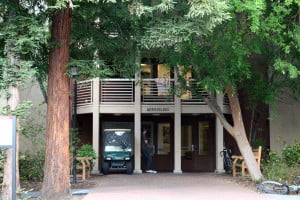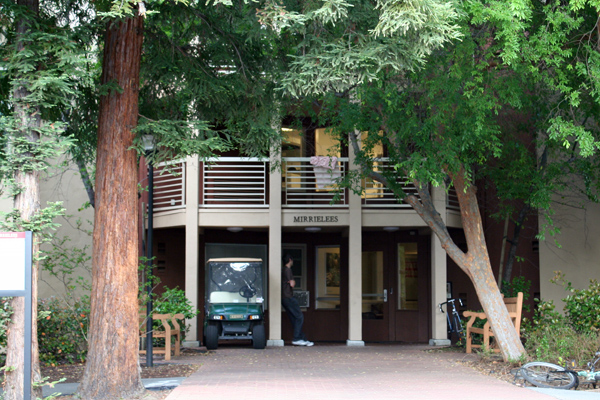Stanford’s substance-free housing program, which was launched this year in the Mirrielees apartment complex, will likely continue next year, according to Residential Education Mirrielees Area Coordinator Tiffany Taylor.

Taylor said that Mirrielees would probably host the program again, although Residential & Dining Enterprises (R&DE) will wait to hear feedback from students in the program before deciding if it will be expanded or relocated next year.
Substance-free residents will be asked to submit an online evaluation discussing their general experience in the program, their opinions on the program’s strengths and weaknesses and their ideas about what changes should be made for future years.
While the evaluations will provide more comprehensive feedback, Taylor said that the program has been successful thus far, as the 24 residents have upheld their agreement not to return to the residence in possession of or under the influence of banned substances, including alcohol, cigarettes and illicit drugs.
Taylor credits much of the program’s success to the residents. The current residents had to pre-assign and submit the substance-free agreement, and Taylor expects a similar process for next year’s program to make sure that residents are committed to a substance-free environment.
“Right now, I think the key portion is ensuring the right people are placed in that space,” Taylor said. “We have really seen the current residents help it to take shape and grow.”
While it is too early to predict the size of the program next year, Ralph Castro, director of the Office of Alcohol Policy and Education (OAPE), said in a statement to The Daily that the program could expand if demand is high.
However, residents worry that some of the program’s success is contingent on its small size.
“Having a hallway with only 24 people is a really great number because it’s not too small and it’s not too big,” Amy Nguyen ’15, a current substance-free resident said. “I think having an entire dorm would be a little bit harder to maintain.”
Nguyen said that she is generally satisfied with the program, though she misses the experience of living in a dorm. Nguyen said that the apartment-style living in Mirrielees can be isolating, especially since the substance-free program hasn’t hosted many events for residents.
Although Nguyen misses the lively environment of a typical dorm, at times she enjoys the quiet of the substance-free floor. She said that the other students in the program are friendly and they communicate through a mailing list and a whiteboard in the hallway.
“I didn’t have doubts that it would be an issue because everyone is voluntarily there, so none of us drink,” Nguyen said. “It’s nice living in a place where there hasn’t been any loud music and alcohol out in the hallway on the weekends.”
While she has not yet decided whether or not she will be applying for the substance-free program again next year, Nguyen said she would be more likely to apply if the program were held in a dorm. She believes that a substance-free dorm would be an ideal option for many students, and she would recommend that the program even be opened to freshmen who are truly committed to the substance-free lifestyle.
“It would be good to have a comfortable place for them, as long as there was a way to make sure that they are there because they want to be there and not because their parents want them to,” she said.
In his statement to The Daily, Castro said that the program will remain upperclassmen-only for now, as he considers the current freshman housing structure optimal for building community and promoting bonding.
